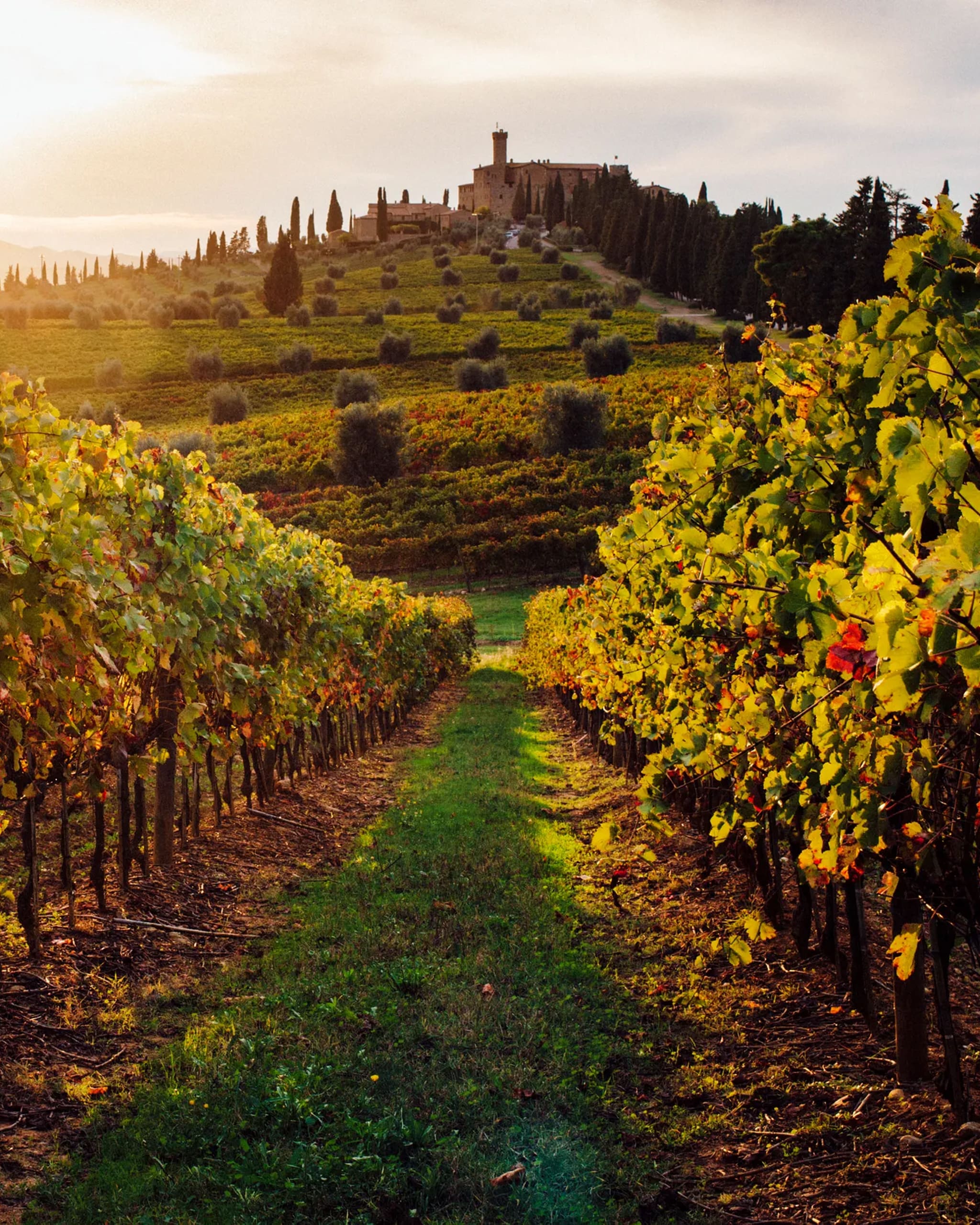Getty Images
For every Napa Valley, Bordeaux, or Tuscany, there is an equally enchanting, underrated wine region ready to have its moment.
Not for lack of quality or appeal, these wine destinations remain lesser-known for a mixture of reasons, from a shortage of international awareness to recent improvements in winemaking practices. Whatever the backstory, however, the draw toward up-and-coming locales is obvious—fewer crowds and plentiful opportunities to bask in the unspoiled nature of somewhere that feels undiscovered. (Also, good wine.)
Scattered across the globe, the 12 locations ahead can’t be painted with a broad stroke; each offers its own unique set of characteristics that warrant a visit. With tips from industry experts, here, we dive into a handful of wine travel’s best-kept secrets—be it the far-flung landscapes of eastern Europe or a hidden gem in the States.
Spain’s Sherry Regions
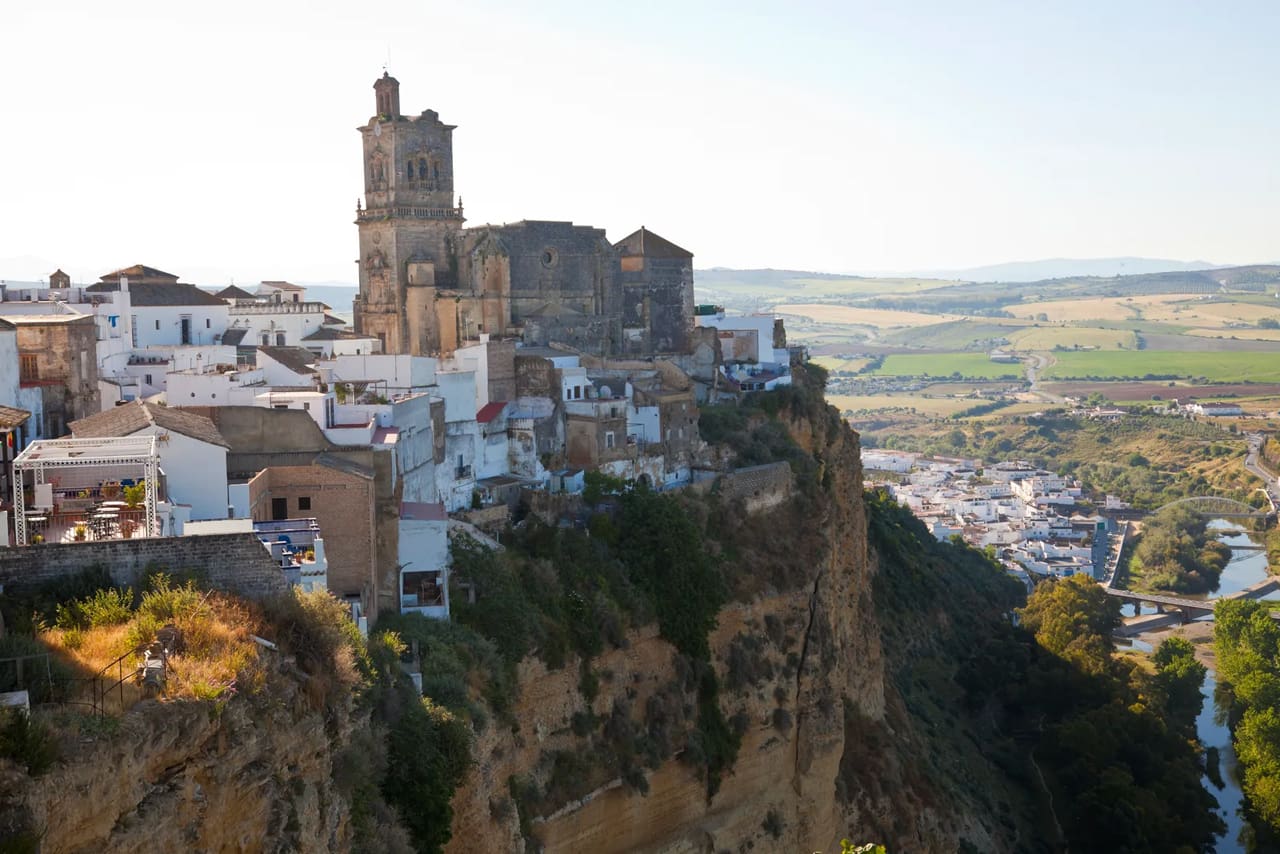
Among the more notable wine trends in the last few years is the resurrection of fortified wines by a younger generation of drinkers. A pour of sherry no longer evokes that stuffy Old World sentiment, and bartenders are making good use of its versatility in cocktail programs (it crosses both styles of dry and sweet). “Without question, the Sherry regions of Jerez de la Frontera, Sanlúcar de Barrameda, and El Puerto de Santa Maria are worth traveling to,” Golden Age Hospitality beverage director Ashley Santoro says. “Historically, sherry has had a reputation for being extremely sweet and consumed by an older generation. In general, I think that consumers are becoming more educated and adventurous, allowing for more elevated imbibing experiences.”
Jerez has a hot, sunny Mediterranean climate, while the other two destinations are smaller seaside towns. “The terroir is extremely unique and dominated by Albariza, a limestone-rich soil that’s almost brilliant white in color,” Santoro says. Maturation is also a linchpin in the sherry production process, and will be a highlight in any winery visit. “My top tasting picks when visiting the region are Emilio Hidalgo, El Maestro Sierra, and Valdespino,” she adds. “And because the production process is quite extensive (and fascinating), the tours tend to be lengthy and comprehensive, so plan ahead.”
Kartli, Georgia
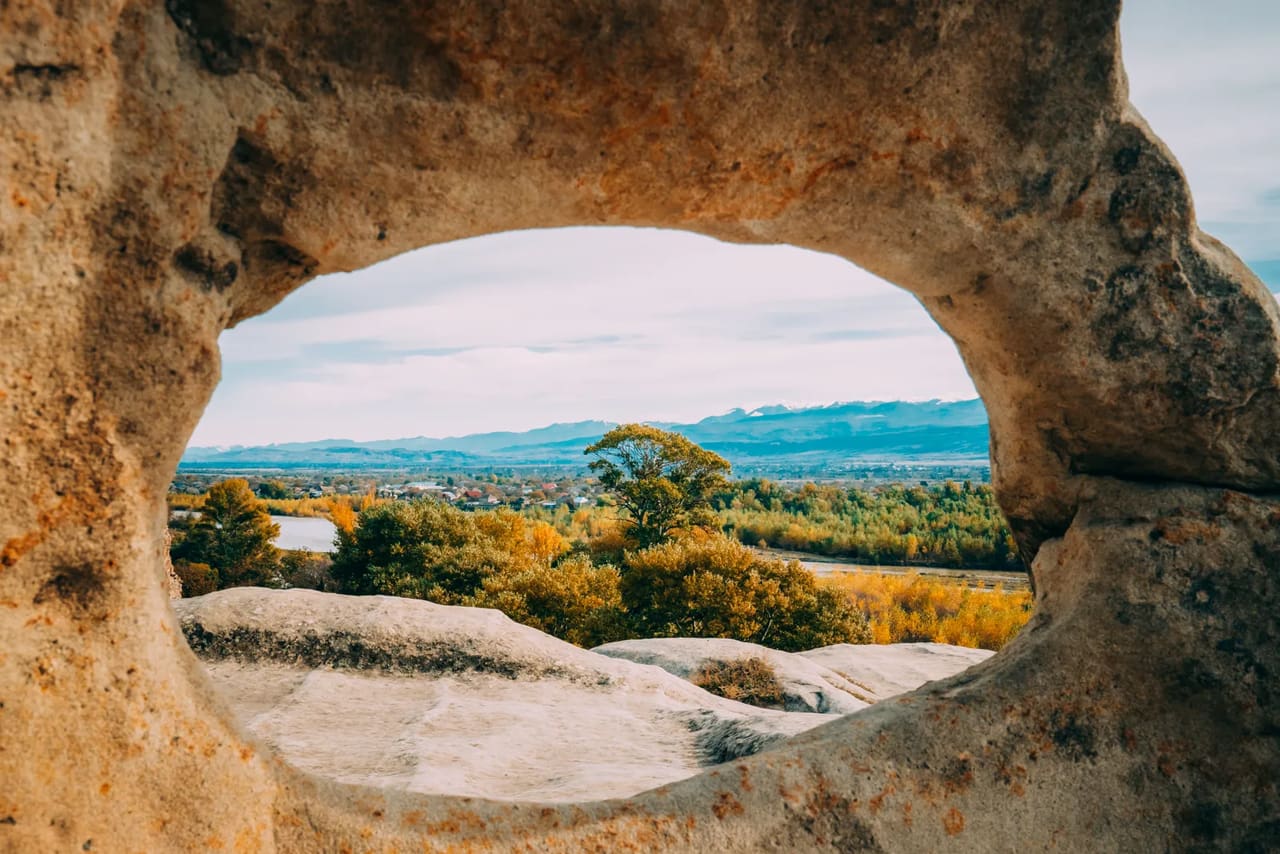
As the world’s oldest continuously producing wine region, one might expect Georgia to be more ubiquitous—but there’s a reason it still feels unknown. “The Republic was under Soviet rule for decades, and wine culture was greatly impacted. Only four grape varieties (out of over 500) were allowed in production; the others were kept alive in secret,” natural wine journalist and author Rachel Signer says. “With Georgia’s independence, they rediscovered their wine culture and began sharing it with the broader world.” If you’re orange wine obsessed, the country’s skin-contact whites are likely already on your radar. “This style involves harvesting white grapes and allowing them to ferment, as opposed to pressing the juice right away. This fermentation allows the juice to gain color, flavor, and texture from the grape skins,” Signer explains. “It results in a completely different wine, which has the floral elements of a white wine but the tannins of a red.”
Signer also notes that Kartli is relatively easy to visit due to its proximity to the ancient city of Tbilisi, less than an hour away by car. While here, visit Iago Bitarishvili of Iago’s Wine and his wife Marina Kurtanidze, who makes a wine called Marina. “It’s difficult to imagine anyone more excited about making natural wine than these two,” says Signer. “Georgian wine is notably made in underground amphorae called Qvevri, and you will find them in Iago and Marina’s winery. It’s very atmospheric, with messages written on the walls from visitors around the world.” Signer’s advice for securing a tasting? Email well in advance. “Allow some time to be there, don’t be in a rush, and make sure you see the winery itself—Qvevri winemaking is incredibly interesting,” she explains. “If they offer you a meal, do not refuse!”
Puglia, Italy
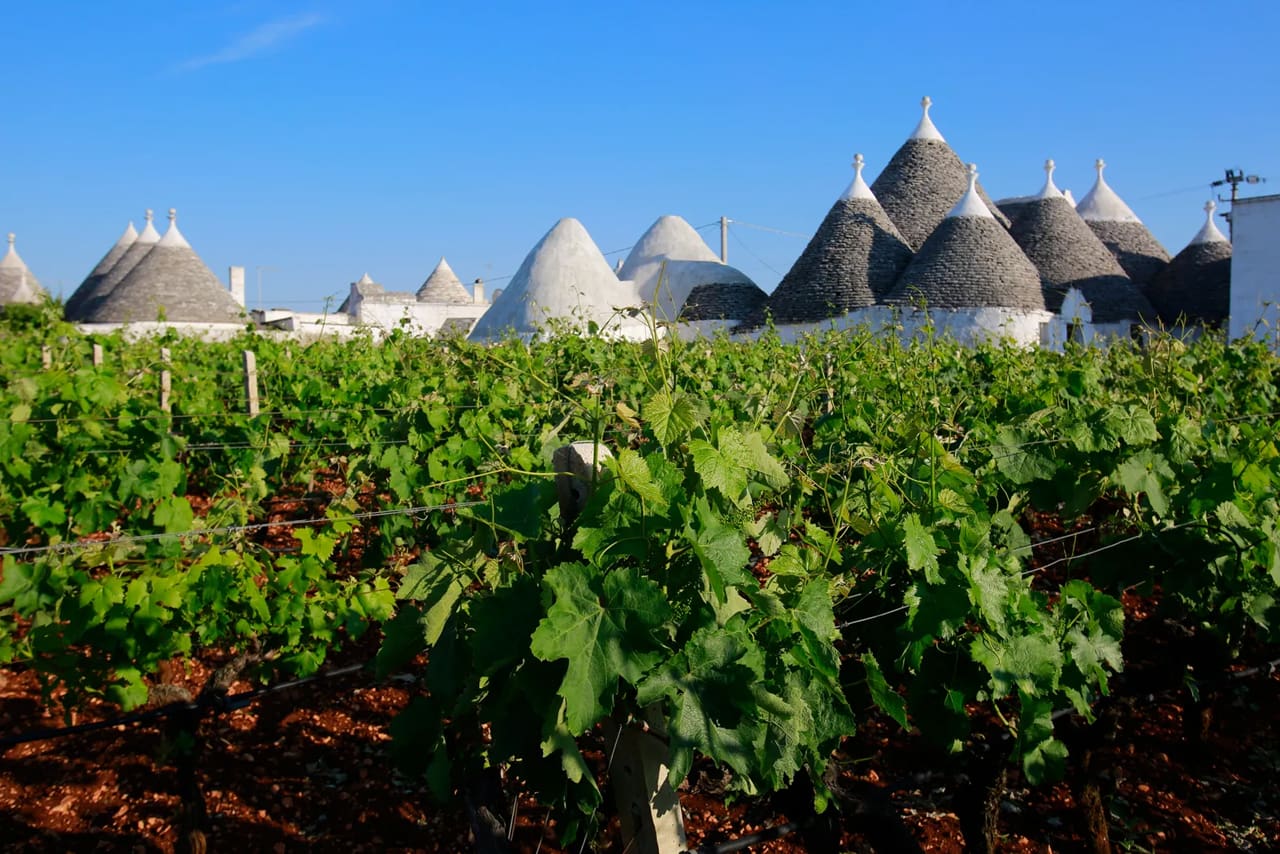
It’s too late now to suggest that Puglia is undiscovered—the heel of Italy is a destination has been increasingly luring international visitors over the last decade with its whitewashed villages, ancient olive tree groves, and turquoise-hued waters. But have you given much thought to the wine? If not, it’s time to. “Primitivo is definitely the calling card of Puglia,” says James Butler, consulting wine director for Delfina and Hilda and Jesse in San Francisco, offering examples of Nero di Troia, Aleatico, Susumaniello, Negroamaro, and Malvasia Nera for red and Verdeca and Fiano for white. “Despite being one of the most widely planted varieties, I think there are some more interesting grapes you find off the beaten path in Puglia.”
“Most of Southern Italy has been maligned as a wine region,” he continues. “For years it was a place where grapes were over-cropped and the bulk wine market played an outsized role in defining the quality of wine in the region.” Now, a new crop of winemakers is emerging. Masseria Li Veli is Butler’s top pick for a winery visit, although he urges potential visitors to plan their route ahead of time. “Move through the region in a single direction without doubling back,” he says. “Be sure to plan some ‘anchor cities’ into your route that have great food and cultural or historical high points.”
Valle de Guadalupe, Mexico
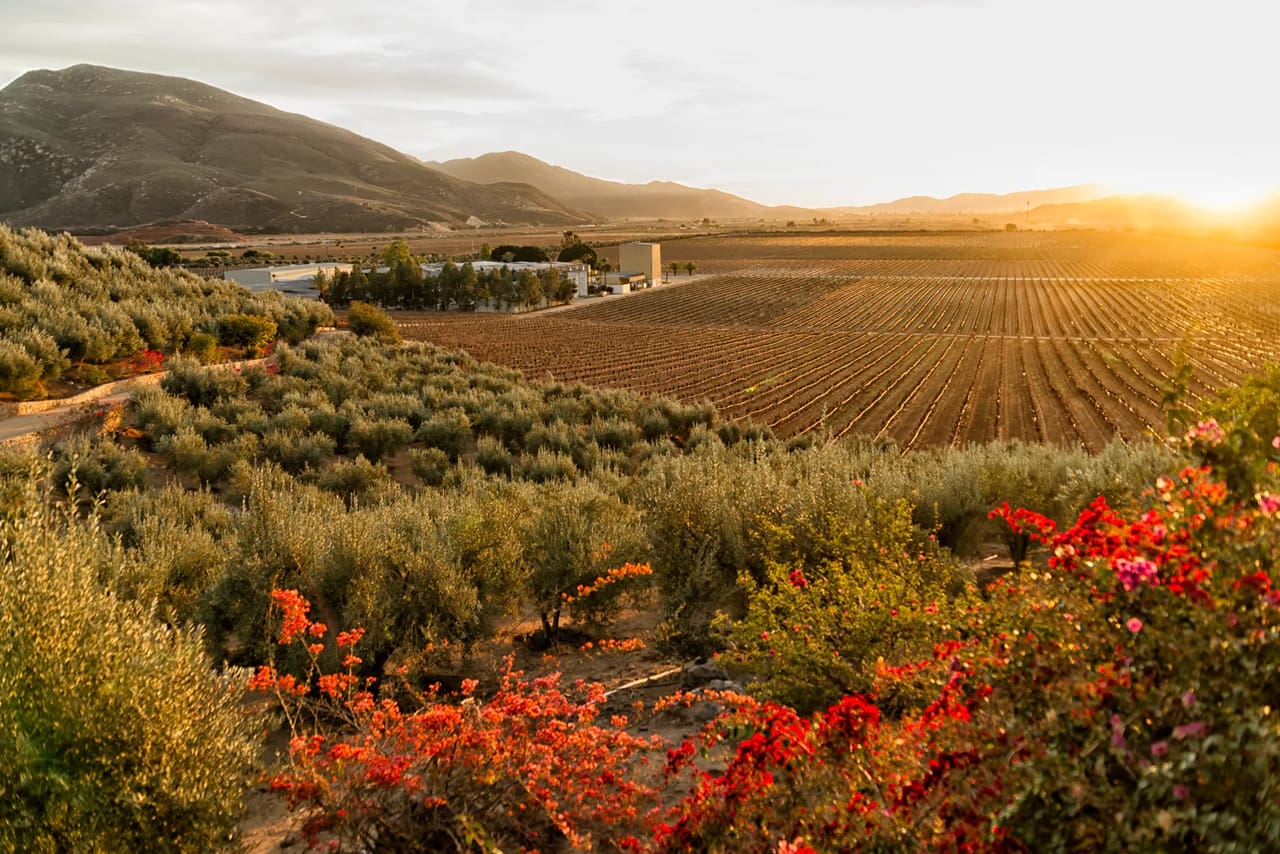
Even though Mexico’s wine history dates back to the 1600s with the ‘Misiones’ plantings of Listán Negro and Tempranillo, the region remains under the radar for many oenophiles. “Valle de Guadalupe, situated in Baja, Mexico, is just 90 miles south of the US border making it an easy road trip for those on the west coast,” Juliet Wine co-founder Allison Luvera says. “Although wine grapes have been cultivated here for hundreds of years, a new wave of modern winemaking emerged in the past few decades, driven by visionaries like Hugo D’Acosta who encouraged a renewed focus on premium and terroir-driven expressions.”
Valle de Guadalupe is also starting to garner attention for its culinary scene and vast landscape, which Luvera says has earned it the industry nickname of Mexico’s Napa Valley. “The boutique wineries in the Valley experiment with a mix of European red grapes like Cabernet Sauvignon, Nebbiolo, and Tempranillo, often blended together,” she explains. While here, book a stay at Bruma Vinicola, a hotel and winery overseen by winemaker Lulu Martinez Ojeda, who produces El Vino’s wines. “If you’re looking for the best European-style wines, Villa Montefiori is well-known for their Brunello and Nebbiolo, while Torres Alegre y Familia is a great destination for French varietals,” adds Luvera.
Okanagan Valley, Canada

The Okanagan Valley in British Columbia lies between two mountain ranges and is punctuated by large, breathtaking glacial lakes and rolling hills of vineyards. “This region produces world-class wines that are difficult to find outside of Canada—the easiest way to taste them is to travel there,” Luvera says. “It’s a relatively new winemaking area and much of the wine produced here is consumed within Canada, leaving the region unknown to wine lovers in other countries. However, its high caliber wines coupled with the stunning natural beauty of the region have attracted top winemakers from France, New Zealand, and South Africa, so awareness is on the rise.”
While here, she suggests dropping in at Quails’ Gate, Okanagan Crush Pad, and Painted Rock for tastings. And because you’ll be in British Columbia, adventure beckons. “It’s stunningly beautiful, so dedicate some time to enjoy the outdoors, whether that’s hiking, bicycling, or kayaking on Lake Okanagan,” says Luvera. “At the Southern end of the lake, walk the boardwalk at Osoyoos Desert Center to experience the unique landscape of Canada’s only desert.”
Middleburg, Virginia

California, Oregon, Washington, and New York dominate the U.S. wine scene—but there’s plenty more to unearth elsewhere in the States. “Although Virginia was probably one of the first places in America to produce wine, it’s still relatively off the beaten path,” says Lorenza co-founder Michèle Ouellet Benson, who produces her own wines alongside her mother Melinda Kearney in Lodi, California. “The wine community there is mostly made up of small artisanal producers and RdV is crafting world-class wines that showcase the best Virginia has to offer.” She describes the wines as a crossroads between Napa Valley and Bordeaux. “There is the fruit and ripeness, but also the structure and tension in these wines,” she explains.
The region is in the foothills of the Blue Ridge Mountains and just an hour from Washington DC. “Although pretty accessible, a visit to RdV feels like a world away with farm country, rolling hills, and vistas,” Ouellet Benson says. “Seek out The Lost Mountain from RdV. Their signature wine is a Bordeaux blend, predominantly Cabernet Sauvignon and they’ve recently been crowned an ‘American Grand Cru’ by famed oenologist Eric Boissenot—a great honor for any winery of any region.”
Switzerland
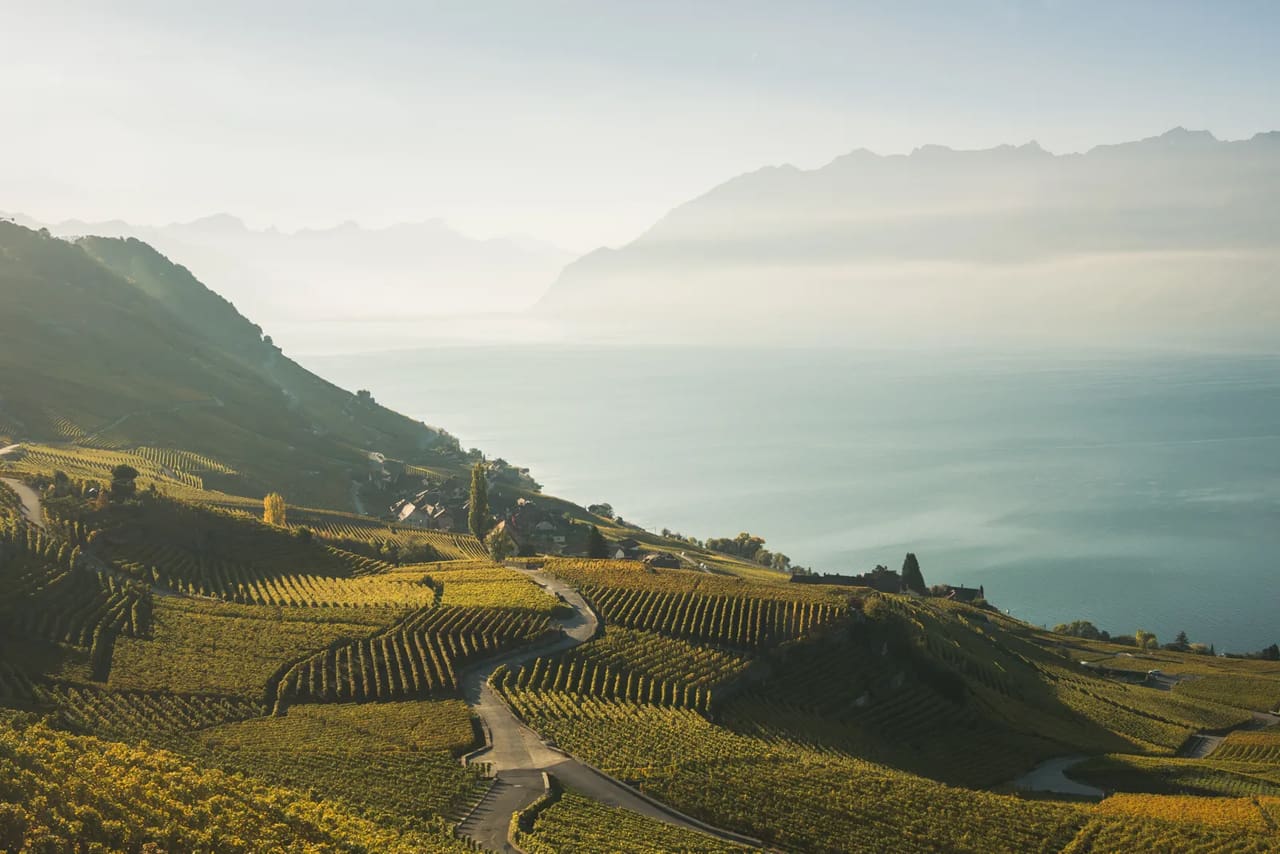
Characterized by high altitudes, sunny days, and wine-famous neighbors like France, Germany, and Italy, it’s no surprise that Switzerland reigns supreme in the regions-to-know category. “For me, this is one of the most stunning countries to visit for wine—from the Valais and Vaud French-speaking cantons to the German-speaking cantons of Graubünden and Thurgau, to the southern Italian Ticino—there is a breathtaking range of styles made with incredible precision,” sommelier and COTE Beverage Director Victoria James says. She notes that the country is lucky in the sense that they don’t particularly need to export, which results in their wines being lesser-known outside their borders. “I remember when I was studying for my sommelier exams the chapter on Switzerland was under a paragraph!” James remembers.
Part of the reason for the region’s wine-making aptitude lies in its unique climate. “For example, the Valais region sees an average of 2,100 hours a year of sunlight, compared to the sunniest region in France (Alsace) which sees 1,800 hours of sunlight,” James says. “As a result the wines to me always seem as jovial as a Swiss farmer collecting wildflowers on the hills—a ton of ripeness, juiciness, freshness, and scented with Alpine herbs.” Bowery Group wine director Natascha Patterer, meanwhile, notes the region’s impressive sustainability efforts. “In recent years, the Swiss grape growing industry has begun experimenting with underutilized cultivars and new, unique practices of biodynamics as a way of adapting to climate change,” she says. “A region that was once too cold is now among the innovators for climate research in the winemaking industry.”
While in Switzerland, Patterer advises taking the Golden Pass railway to get around and to see the spectacular terraced slopes of Lavaux, a vista and UNESCO World Heritage Site that overlooks Lake Geneva. Her favorite wineries for tastings include Domaine de Colombe, Domaine Louis Bovard, Domain De La Crausaz, and Domain De Maison Blanche. And dairy lovers, take note: “Switzerland is a paradise for wine and food lovers, so make sure to visit cheese caves when you are there, such as the Alpine classics L’étivaz, Tête de Moines, Appenzeller, and Gruyère,” James suggests. (Her winery picks also include Cave Caloz, Serge Roh, Cave du Vieux-Moulin, Cave des Tilleuls, among many others.)
Szekszárd, Hungary
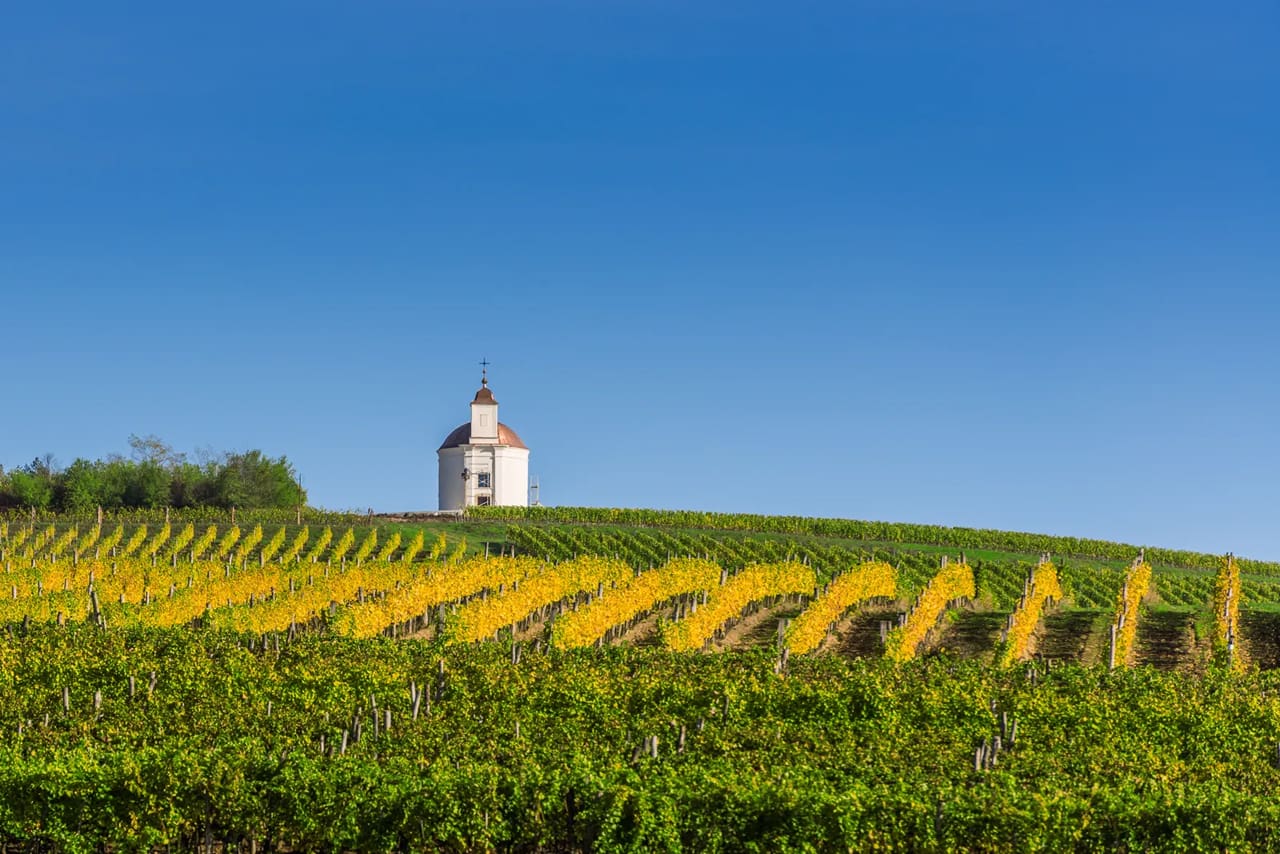
About 100 miles south of Budapest lies Hungary’s Szekszárd wine region. “Not many venture outside Budapest because it’s not developed nor advertised—it certainly wasn’t a prevalent region on my radar until I found out about it on an Eastern European river cruise,” says freelance journalist Jillian Dara. “It’s one of the country’s oldest wine regions (dating back 2000 years), however, the production is small and often family-owned, which equates to limited exports and less awareness of the region.”
Here, wine styles run the gamut from bold to more approachable. “The most popular variety is the Kékfrankos grape (aka Blaufränkisch), producing an extremely tannic and spicy style of wine—the bold variety isn’t for everyone, but it’s the most definitive of the region,” Dara explains. “There’s also the local Kadarka grape which is the complete opposite of Kekfrankos: the wine is fresh both in acid and red berry fruit and meant to be enjoyed young.” Save a spot on your itinerary for Fritz Winery and Estate, a family-owned winery and vineyard in the region. “In 1990, they dedicated 30 hectares to the Blaufrankisch variety, committing to its renaissance in the nation and Europe,” says Dara. “They blend it with Cabernet Franc in their Kék Dudás (Blue Horn) label, which is an extremely structured, rich sip.”
Chinon, France
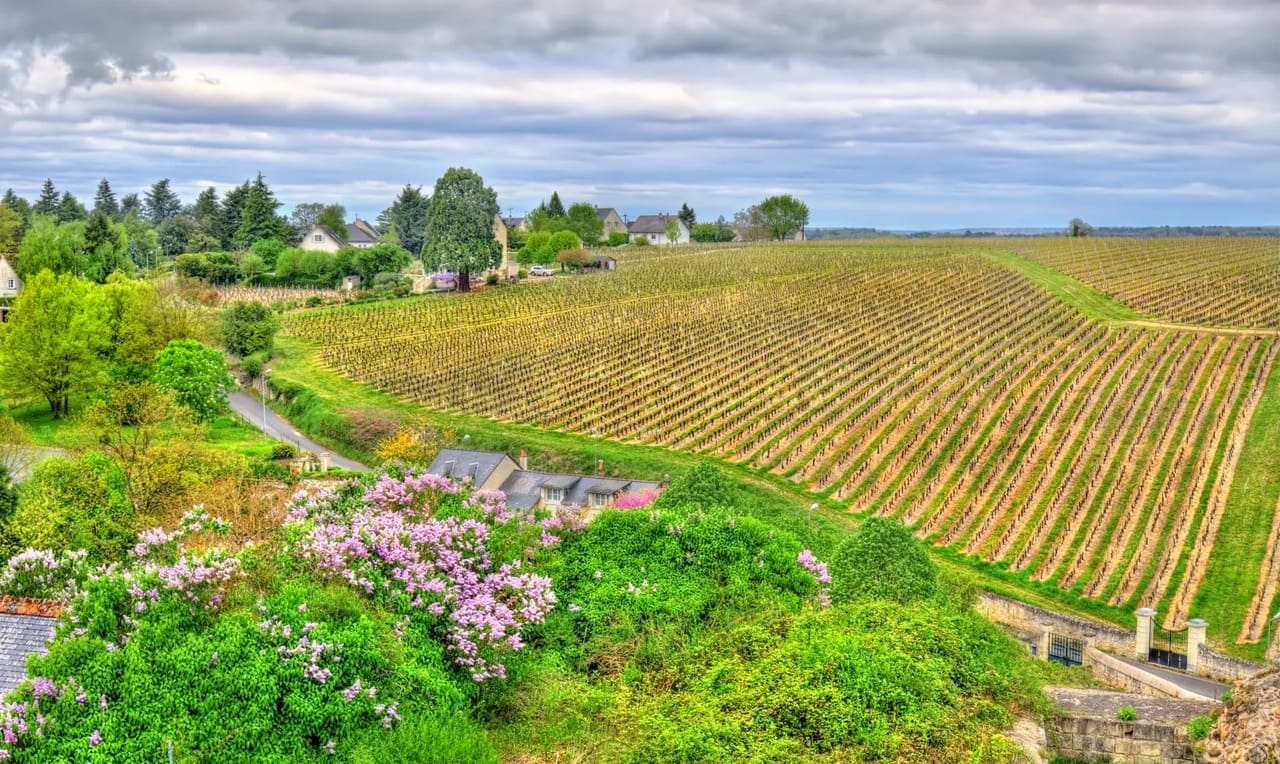
Nicknamed the “garden of France,” the Loire Valley is brimming with sprawling gardens and parks that are dotted with elegant chateaux and historic vineyards. Even so, the region is less frequented for wine than its popular Bordeaux and Burgundy counterparts—and the Chinon appellation, in particular, is especially worth a visit. “Many people travel to the Loire Valley for its famous white Sancerre and Pouilly-Fumés and may overlook the Chinon region,” travel journalist Kristin Braswell explains. The red variety in question here? Cabernet Franc. “Chinon produces zippy Cabernet Franc grapes that are grown in the sandy-gravel soils along the banks of the Vienne,” she notes.
Braswell recommends planning a tasting at Olag Raffault, situated on 24 hectares of land and praised for its organically grown vines. “The vineyard is located in the Savigny-en-Véron district by the Vienne riverbank and produces wines with expressive dark fruits and minerality,” she says. “They have a small tasting room and I highly recommend wines from the ‘Les Picasses’ vineyard, which produces delicious wines that express smoky cassis notes and minerality.”
The Pedernal Valley, Argentina
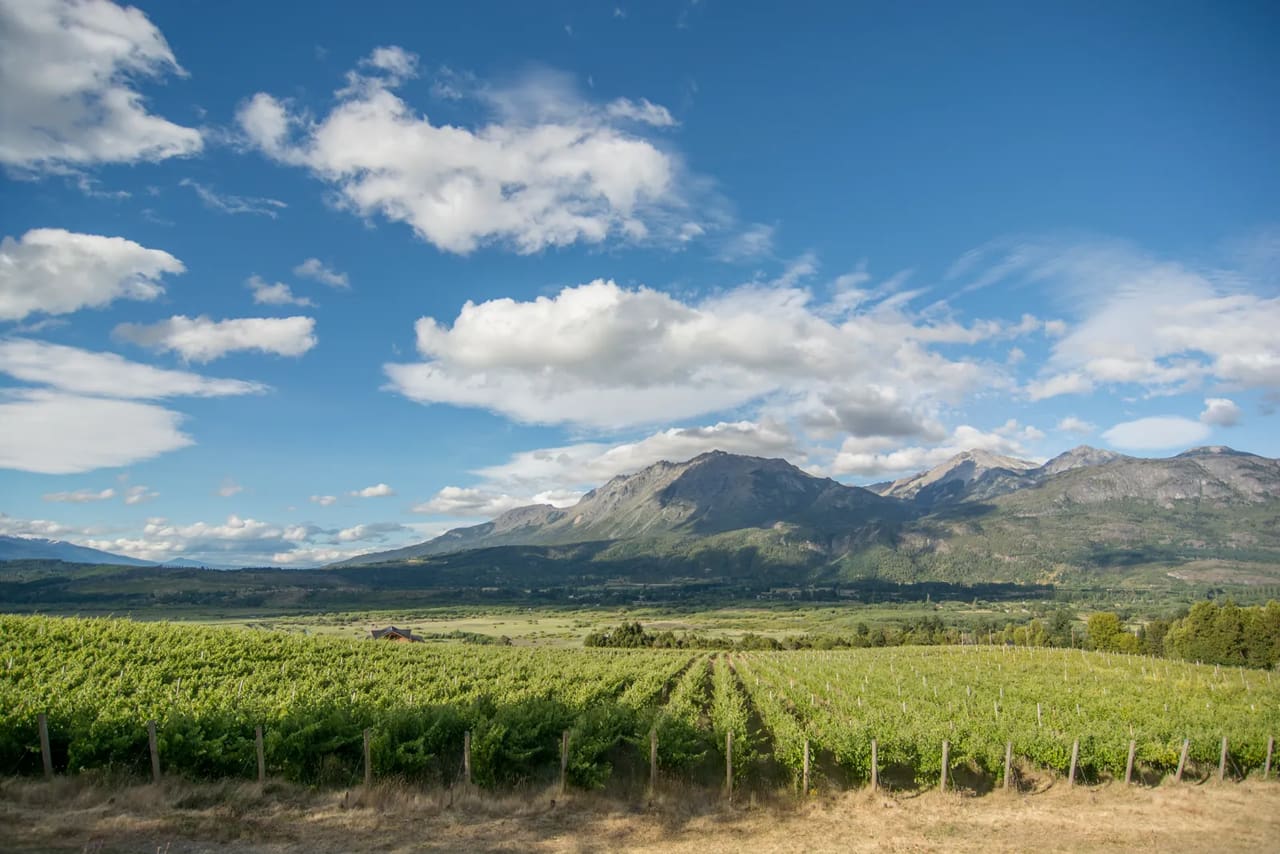
With the colossal Andes mountain range as its backdrop, Argentina’s wine country is dramatic and breathtaking. And while Mendoza is the international star of the scene, about two hours north by car is a lesser-known area you should bookmark: The Pedernal Valley. “There is incredible diversity in the country’s wine regions that has yet to be fully acknowledged within the international wine community,” says sommelier and Vino Concierge founder Lydia Richards. “San Juan, and specifically the Pedernal Valley, is certainly capable of standing on its own as a premium wine region.” She notes that the Malbec here is world-class and distinct, and represents a markedly different style to its neighbours. “The region is still in development and I’m sure we will continue to see its evolution as a major player in the global landscape,” she adds.
Richards points to Bodega Graffigna Yanzón as a must-visit, which offers winery tours, tastings, and accommodation onsite. And though they don’t have a winery in the valley, she recommends trying Pyros while in town. “Pyros is an incredible wine producer that is paving the way for the new breed of wines from the region,” says Richards. Also not to be missed during your visit: the great outdoors. “When in the San Juan region, definitely visit El Leoncito National Park for beautiful views and hiking, and if you can, visit the Casleo Observatory,” she adds.
Mendocino County, California
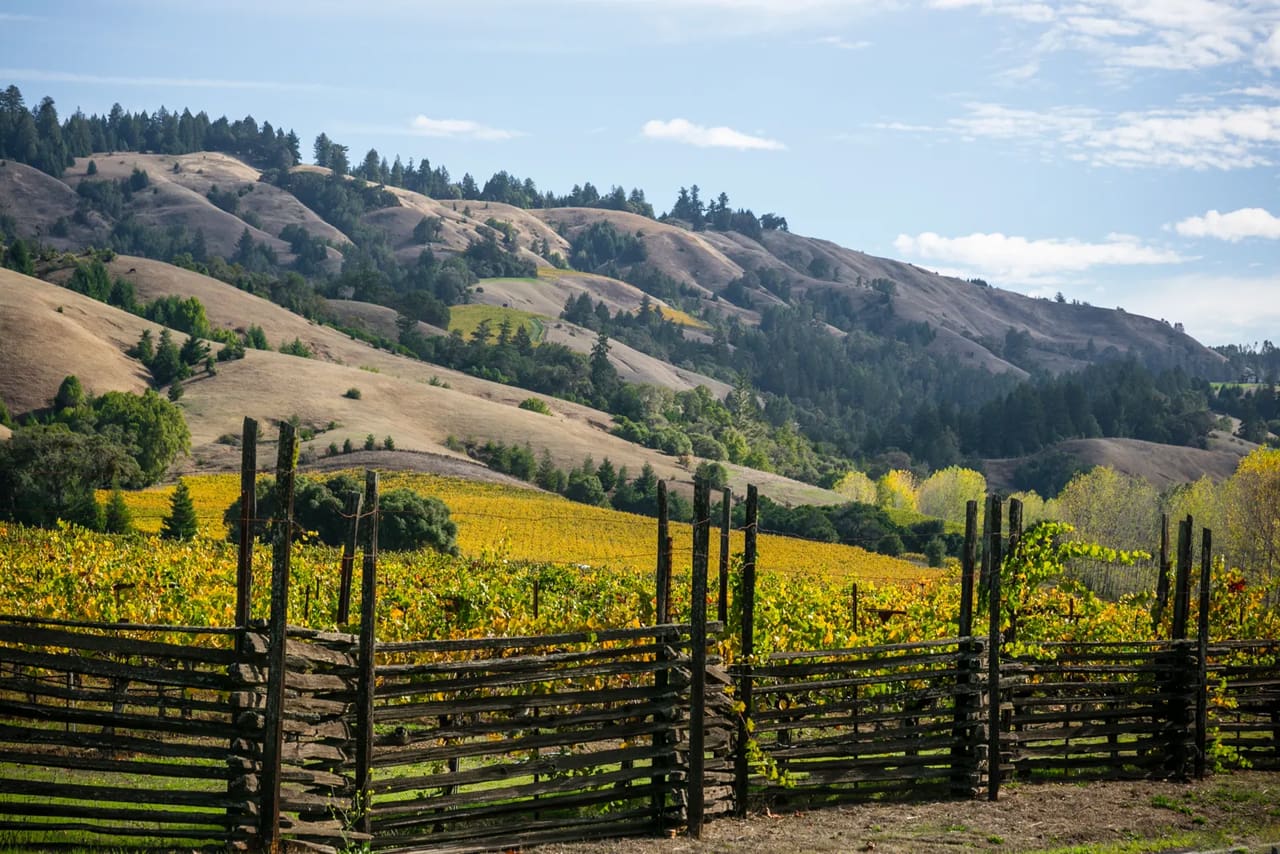
Less than four percent of the grapevines planted in California are in Mendocino County, yet one-third of the state’s certified organic vineyards are here. “This region is a hotbed for organic farming just beyond California’s wine tourism hotspots,” winemaker Martha Stoumen says. “The amount of old vine, post-WWII plantings makes this region incredibly unique. It’s a little-known secret that some of the best wineries in California source their fruit from Mendocino.” The Russian River originates in the county, while the inland soil is rocky. This, on top of the dry-farming practices brought to the region in the early 1900s by Italian families “creates wines that are concentrated, balanced, and distinctly Californian,” she adds.
Though Stoumen says the region hasn’t quite reached ‘up-and-coming’ status just yet, thanks to accessible state parks and hidden culinary gems, it’s imbued with quaint, small-town vibes. To get here, take the iconic Highway 1 route to explore the coastal towns and landscapes that embody Mendocino County. For tastings, she points to Idlewild Wines and Ruth Lewandowski Wines . “Oz Farm is one of my favorite places to stay when I want to connect with the land,” says Stoumen. “Handcrafted accommodations, geodesic domes, and a lush organic farm nestled among the redwoods—what more could you ask for?” If you’re after a luxury stay, she suggests the historic MacCallum House, plus meals at Harbor House Inn and Fog Eater Cafe.
Bugey and Savoie, France
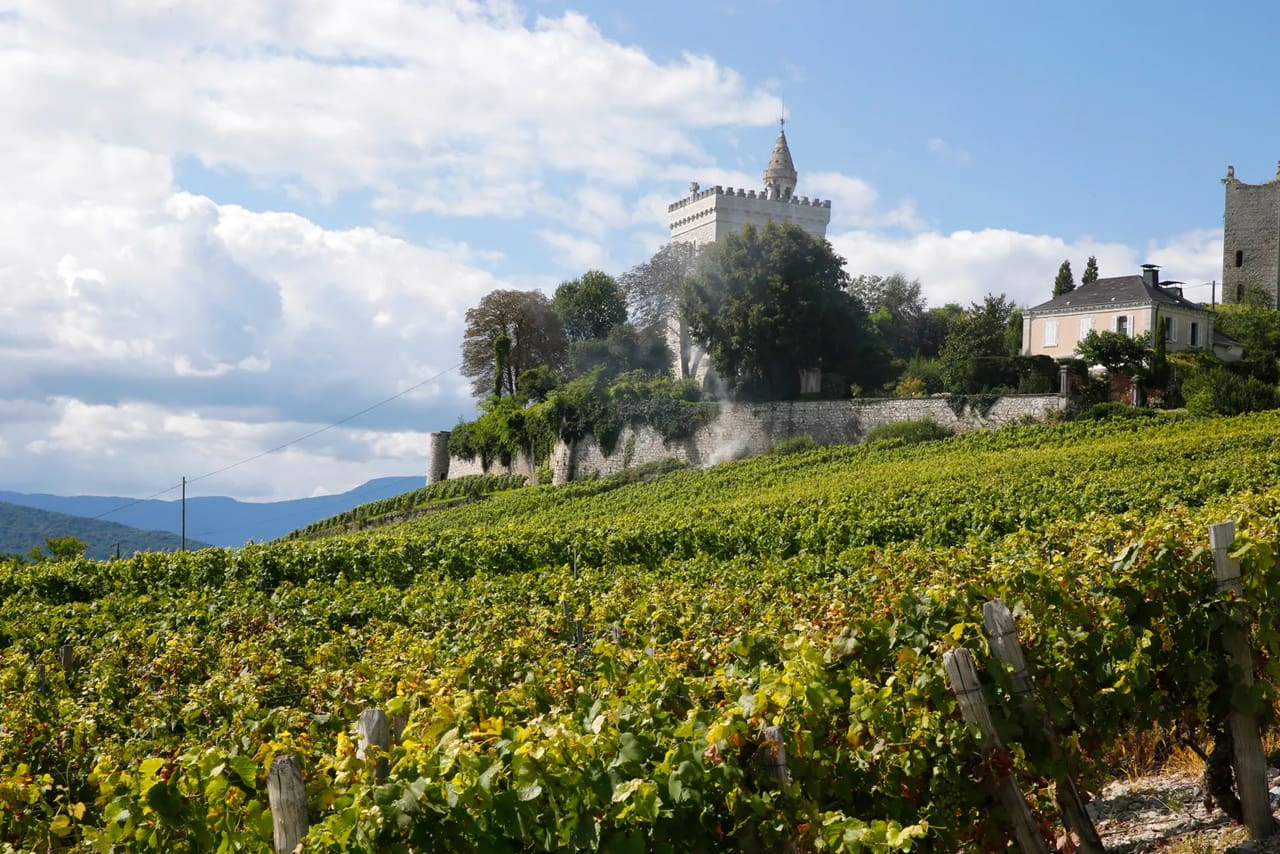
Nestled in the picturesque French Alps, the wine regions of Savoie and nearby Bugey are industry favorite destinations for great wine, and refined hospitality, too. “There are some regions where the food is devastatingly lacking despite the wines being exceptional (cough, Burgundy) and others where the accommodations and food trump wines (cough, Napa),” Parcelle co-founder Grant Reynolds says. “Thanks to a healthy ski and hiking industry there are exceptional restaurants, wine bars (check out Esmé and Chez Marie for the best lists), affordable to super-swank hotel options, and most importantly the wines are better than ever.” BONDLE Wines founder Duyen Ha also points to Savoie as the most underrated and fascinating wine-producing region in the country. “Scenic vineyards are scattered throughout the Auvergne-Rhône-Alpes, overlooking impressive mountain ranges and fresh bodies of water,” she says. Despite all of this, the region remains poorly represented outside of France. “Only five percent of its wine is exported, amounting to just 8,000 bottles per year, a drop of water in an ocean on the scale of world wine production,” Ha adds.
An hour or so east lies Bugey, often grouped together with Savoie. “It is breathtaking there; being in the silence, the late blue shimmery light in the afternoon shade of the mountains, tucked underneath the alps,” says Stefanie Djie of Skin Contact, a natural wine bar in NYC. “There’s also a close-knit group of small producers that have either relocated from other parts of France, or are new vignerons that are focused on raising the profile and making really energetic minimal-intervention wines. I think it is that spirit that makes it ‘up and coming.’” While here, visit Château des Eclaz, which is helmed by The Ten Bells alum and Bugey native Michaël “Mickey” Dulac. “The château itself was a former tithe barn built by Cistercians of the Abbey of Saint Sulpice in the 12th century, later belonging to Joseph Bouvier des Eclaz, General and Baron of the first French Empire,” Djie adds.
This story originally appeared on Vogue.com
